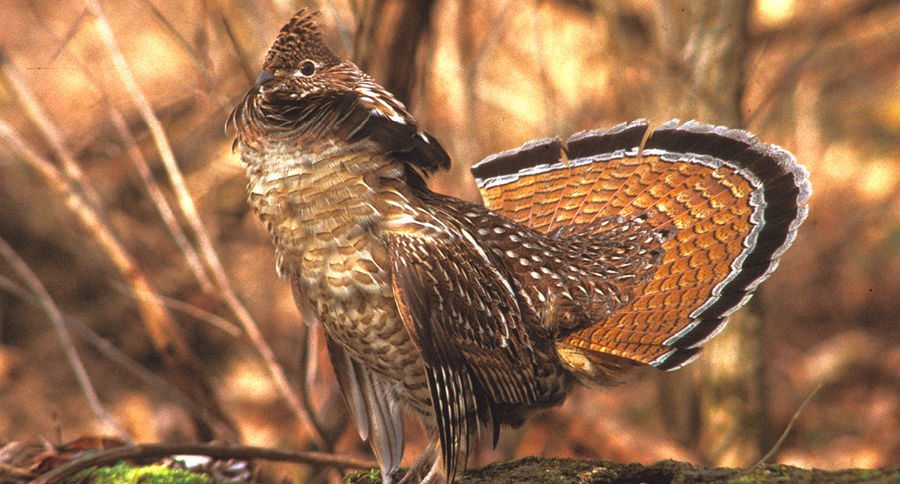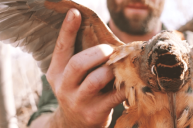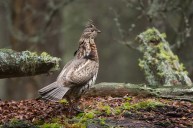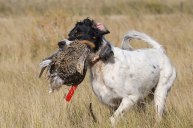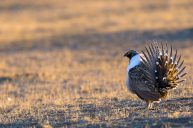The Wisconsin ruffed grouse population looks to be on the rise in most regions of the state. This is exciting news for hunters and lovers of the "thunder chickens."
Wisconsin ruffed grouse populations appear to again be on the increase in the state. "Survey results suggest that we have passed the low point in the population cycle and have started the increasing phase, which should continue the next few years as the grouse population moves toward the next peak," said Wisconsin DNR Wildlife Survey Coordinator Brian Dhuey.
Roadside drumming activity surveys throughout the state show an overall increase of 17 percent over 2016. This is good news for hunters and for nature lovers who just enjoy seeing more grouse.
"An increase in breeding grouse activity hopefully will mean an increase in grouse nesting and brood rearing, which could mean more grouse for hunters to pursue this fall," he said.
"Ruffed grouse populations are known to rise and fall over a nine to 11-year cycle, and the last peak in Wisconsin's cycle occurred in 2011," reported Dhuey.
The DNR has relied on roadside surveys as its primary means of judging the health of ruffed grouse populations. The surveys have been taken annually since 1964 by a mix of people, including DNR and U.S. Forest Service officials, tribal employees, and citizen volunteers.
The DNR reported that "The northern and southwest regions showed increases, while the southeast and central regions remained stable or showed small declines." So, if you're looking for good grouse hunting it appears that you may have to either head north or west.
I personally have witnessed what appears to be a promising indicator of a rebounding ruffed grouse population in northern Wisconsin. We've seen more grouse on roadsides this spring and summer than we have in recent years. In fact, one bird struck the car my wife was driving only this week.
But it's not all good news for the bird population. Southwest and southeast regions remain well below historic levels. The growing maturity of southern Wisconsin's forests and the "resulting loss of dense, brushy areas that grouse need for cover has resulted in lower numbers of regional grouse in recent decades."
According to DNR Upland Wildlife Ecologist Mark Witecha,
"Ruffed grouse rely on dense, young forest cover resulting from disturbances such as fire and logging."
The DNR is working to reverse that trend, however. "Beyond actively managing state-owned lands, Wisconsin DNR is working to provide suitable grouse habitat through an extensive collaborative effort known as the Wisconsin Young Forest Partnership, says Witecha.
"The Partnership provides technical and financial assistance for young forest management on private lands," he says, "benefiting ruffed grouse and other wildlife species by helping maintain healthy and diverse forest communities."
The following video released by the DNR explains the Forest Partnership program:
To see the most recent Wisconsin ruffed grouse survey results click here and click on the 'Ruffed Grouse Drumming Survey' under the Small Game heading. You can also check other surveys for big game, furbearers, nongame, waterfowl and historic harvest estimates.
Like what you see here? You can read more great articles by David Smith at his facebook page, Stumpjack Outdoors.
NEXT: Hunting Ruffed Grouse Without a Dog is Also a Tradition
